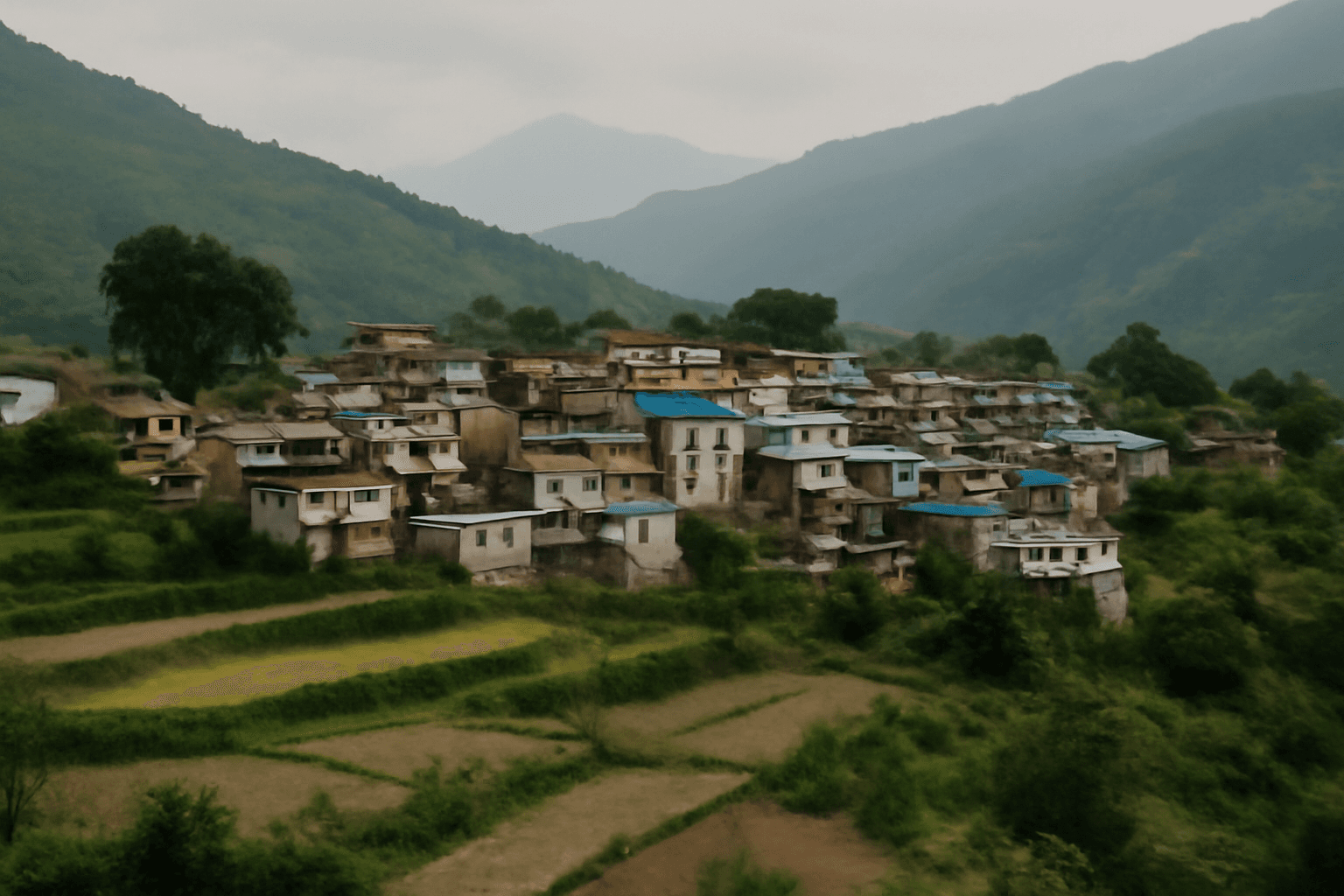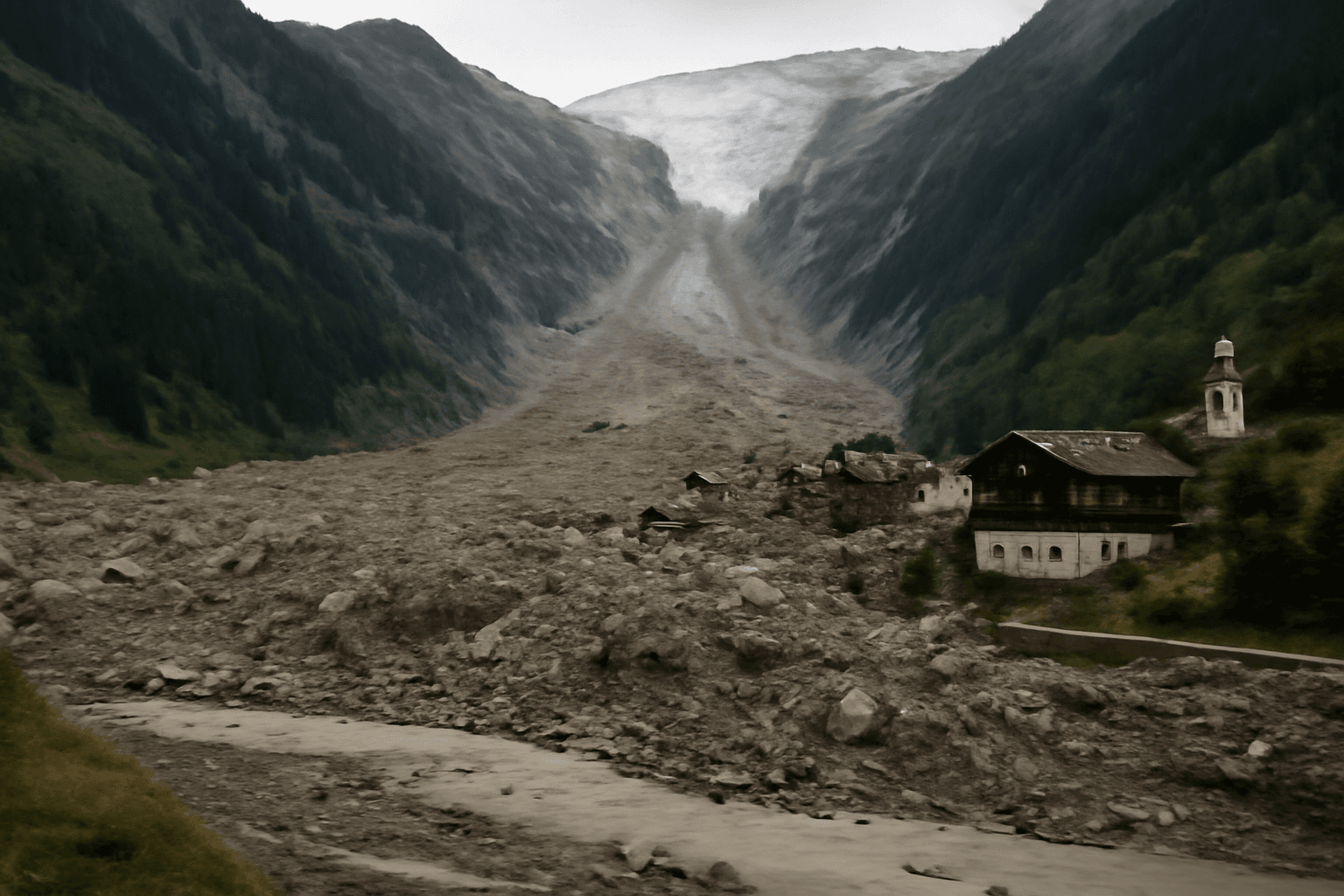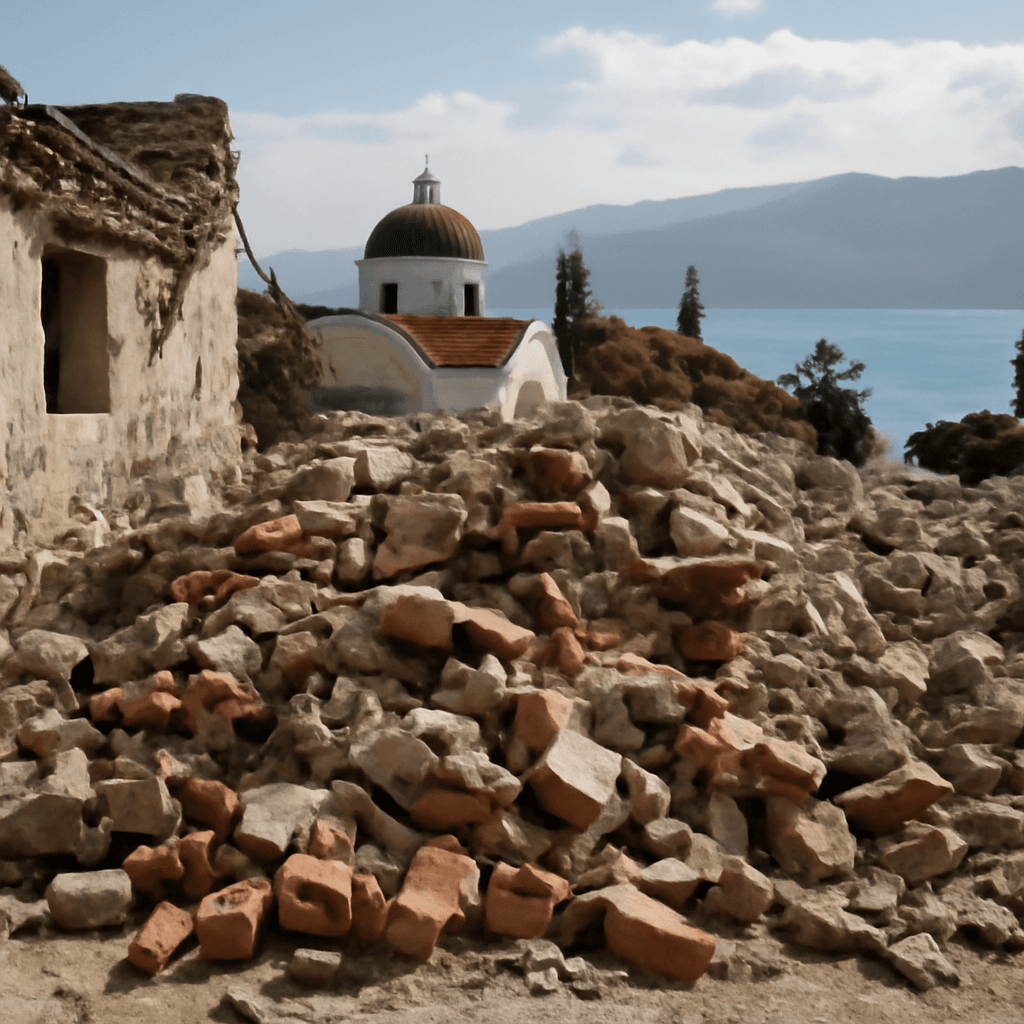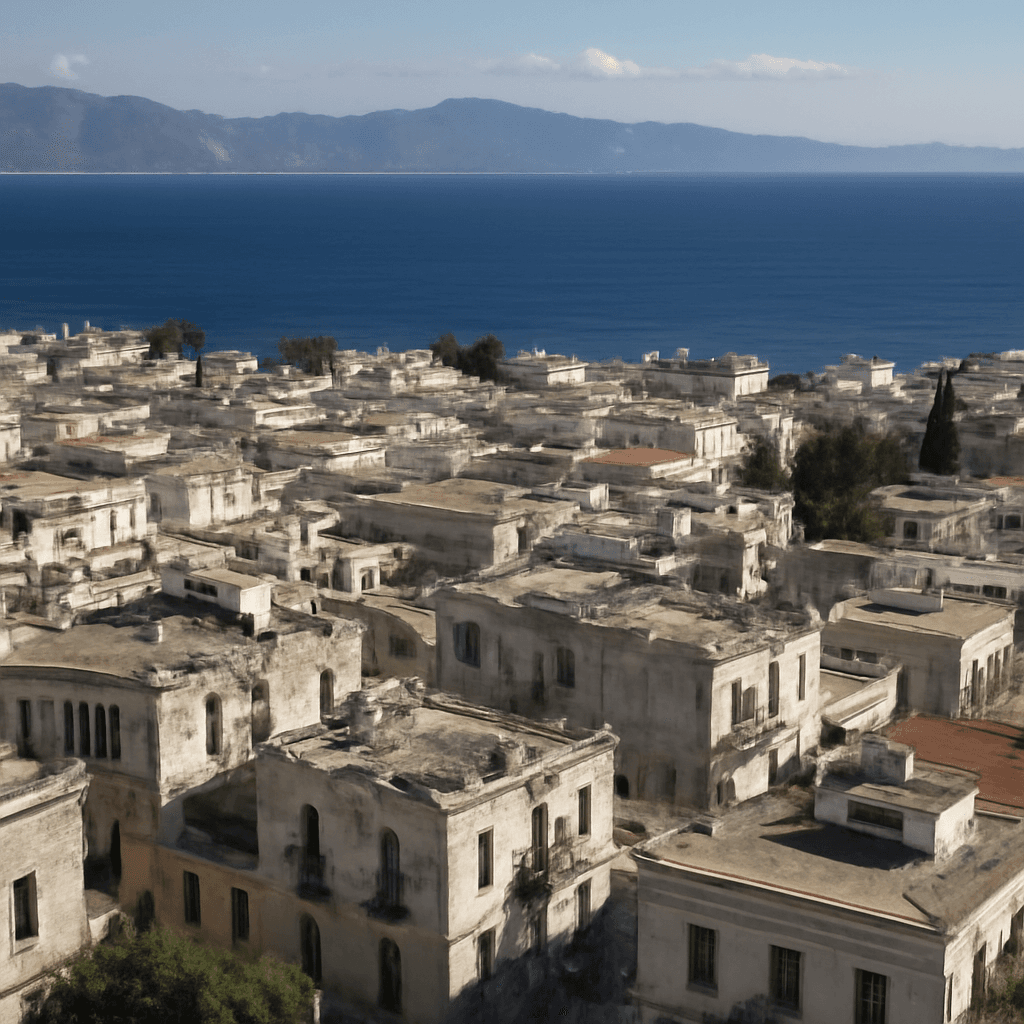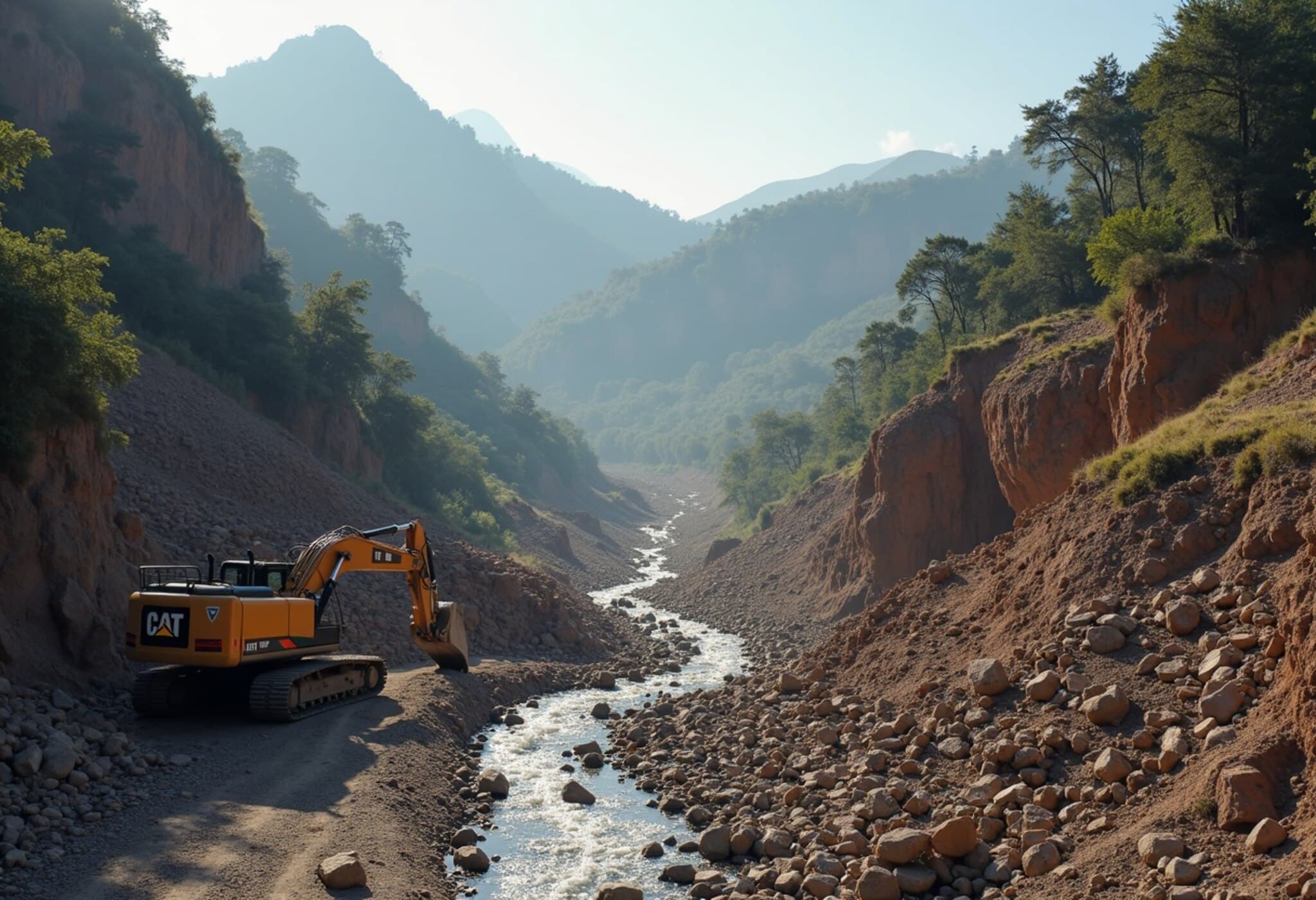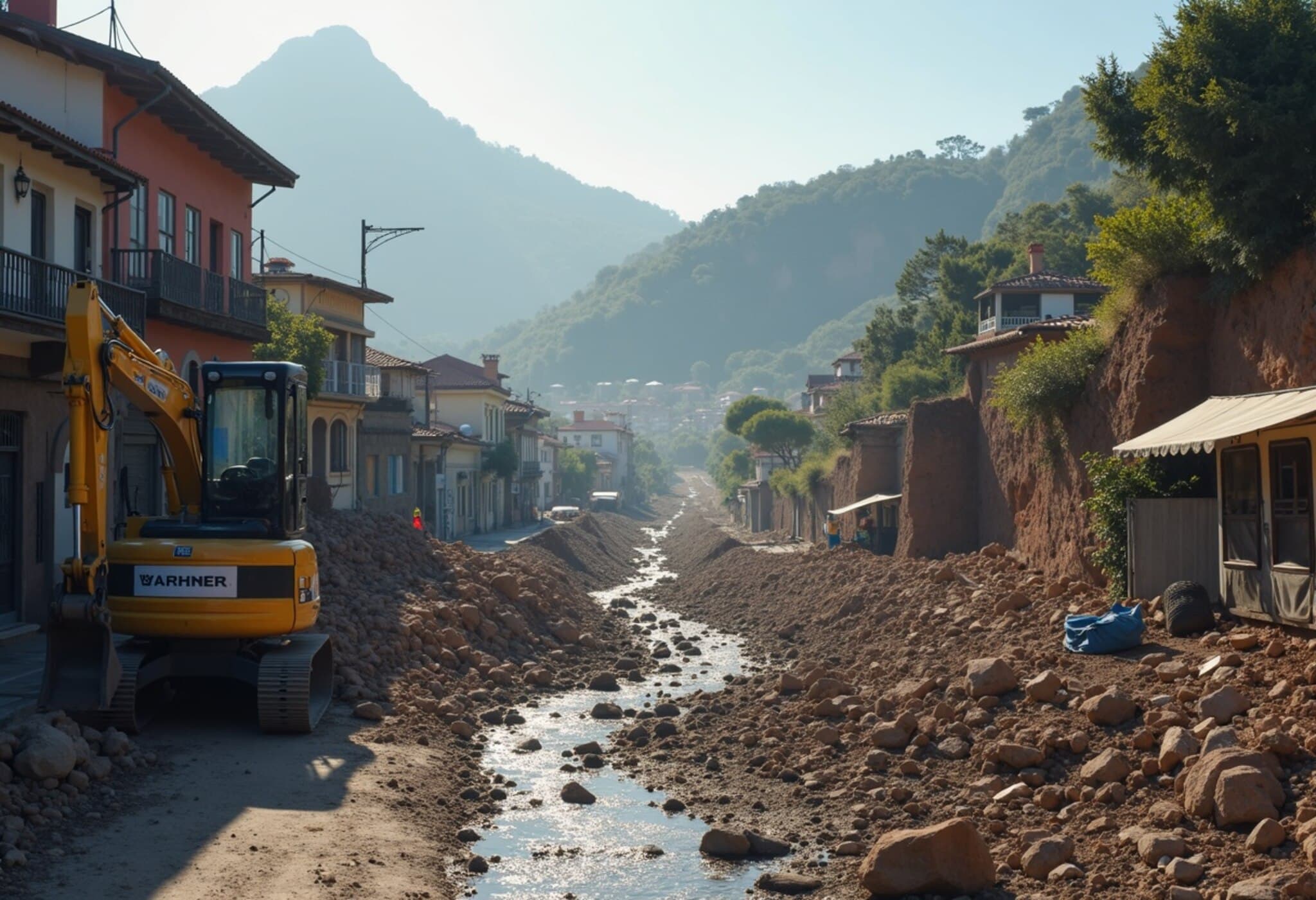Strong 6.2-Magnitude Earthquake Jolts Off Taiwan’s Coast
On Thursday, a powerful magnitude 6.2 earthquake rattled the waters approximately 128 kilometers off Taiwan’s northeastern coast, the island’s Central Weather Administration confirmed. Recorded at a considerable depth of 88.1 kilometers, the quake was felt in various parts including the capital city, Taipei.
Initial Impact and Public Response
Residents in Taipei reported swaying buildings and a momentary wave of concern; however, officials have reassuringly stated that there are no immediate reports of injuries or structural damage. Emergency response teams remain vigilant, closely monitoring the situation for any aftershocks or emerging risks.
Seismological Context and Regional Significance
Taiwan's geological setting lies at the convergence of the Eurasian and Philippine Sea tectonic plates, making it a hotspot for seismic activity. Earthquakes of this magnitude are not uncommon but always cause a ripple of concern given Taiwan's dense population and critical infrastructure.
Experts emphasize that the quake's depth likely mitigated surface-level destruction; deeper earthquakes tend to spread their energy over a wider area, reducing the intensity felt on land. This event serves as a sober reminder of Taiwan’s vulnerability to natural disasters and underscores the importance of robust building codes and disaster preparedness programs.
Broader Implications for Regional Preparedness
- Emergency readiness: This earthquake highlights how timely detection and communication are vital to managing risks in densely populated areas.
- Infrastructure resilience: Taiwan’s continuous investments in earthquake-resistant architecture provide a crucial buffer against potential calamities.
- Cross-regional alertness: Earthquakes in this region can have cascading effects, calling for coordinated monitoring between neighboring countries.
What to Watch Next
Authorities have pledged ongoing updates as they assess aftershock activity and any emerging challenges. For residents and businesses alike, maintaining awareness and preparedness is essential, especially during the earthquake-prone monsoon season.
Expert Commentary
Dr. Li Hsu, a seismologist at Taiwan University, commented, "While we are relieved at the minimal immediate impact, this event underlines the constant seismic threat Taiwan faces. Continued vigilance, public education, and infrastructure investment remain critical to safeguarding our communities."
Editor’s Note
Earthquakes like this bring into sharp focus the intersection of natural forces and human resilience. As Taiwan continually balances rapid urban growth with seismic risks, this event is a timely prompt to revisit preparedness—from policy planning to individual readiness. How can governments enhance real-time communication to minimize panic? Are current building standards sufficient for potentially stronger quakes in the future? These questions resonate beyond Taiwan, providing lessons globally for earthquake-prone regions.
Stay with us for continuous coverage as more details unfold about this significant seismic event.


